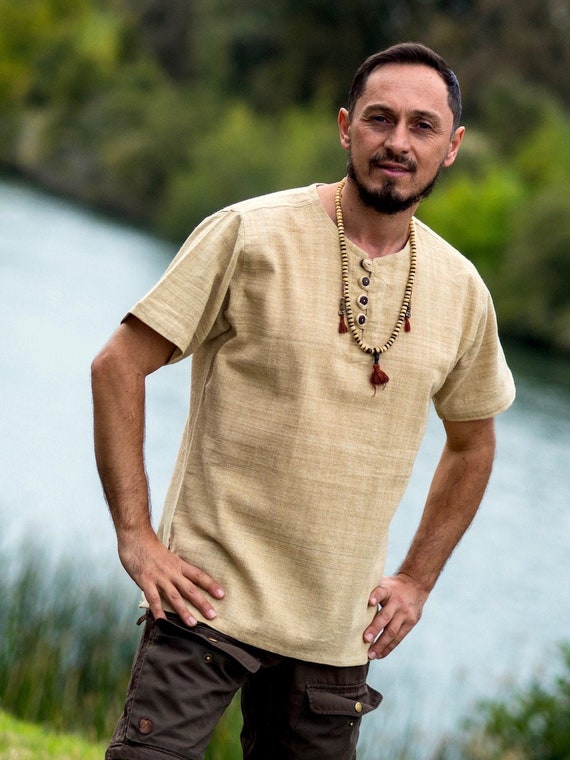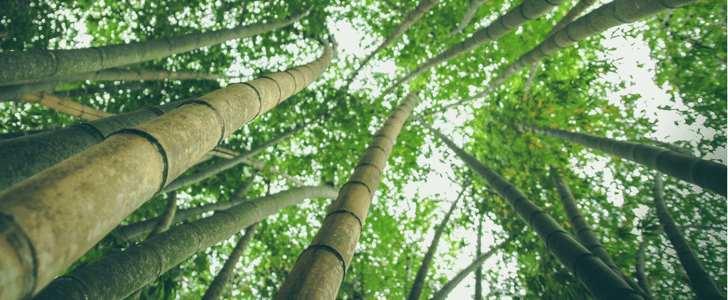New Ideas For Selecting Hemp Clothing
Wiki Article
How Is Hemp More Environmentally Sustainable Than Cotton Regarding Water Usage, Pesticides Or Herbicides?
Hemp is a more durable crop than cotton for a number of reasons.
Hemp- Hemp is well-known for its low need for water when compared to a variety of other crops, like cotton. It is considered to be an herb that flourishes under very little irrigation. In a lot of locations, hemp is cultivated using rainwater only. This makes it an efficient choice for water use.
Cotton- Conventional cotton is notorious for its excessive water consumption. Cotton cultivation requires a lot of irrigation, which could lead to local water shortages as well as loss of water resources in areas under water stress. Cotton farming is water-intensive that has led to worries about its sustainable nature.
Herbicides are pesticides.
Hemp- Hemp naturally resists many diseases and pests, which means it's less likely to require herbicides or pesticides that are synthetic. The use of chemicals in hemp is lower than other crops like cotton. It is possible to cultivate organic hemp without the use of pesticides.
Cotton - The standard cotton farming industry relies heavily on synthetic insecticides and herbicides in order to manage pests. These chemicals can cause harm on the natural environment. This includes soil and water contamination as well as harming animals that aren't targeted, as well as pesticide resistance.
Summary: Hemp is believed to be a more environmentally friendly plant than cotton when it comes to water consumption, pesticides, herbicides.
Hemp typically requires less water and can often be grown using only a small amount of watering or irrigation.
Hemp is resistant to a variety of insects, diseases and fungi. This means that it reduces the need of synthetic pesticides.
Hemp cultivation typically involves fewer synthetic pesticides and herbicides than traditional cotton.
It is essential to remember that the practices used to sustain agriculture and environmental protection can differ from one region or cultivator to another. Organic farming practices can also improve sustainability by reducing the use of synthetic chemicals and promoting soil quality. Concerning the impact on the environment of clothing and textiles, using organic and sustainably made fibers can minimize the environmental footprint. Check out the top rated hemp clothes advice for site recommendations including mens hemp trousers, hemp athletic wear, hemp dress, hemp t shirts wholesale, hemp clothing for men, hemp sweatshirt, hemp clothing, american made hemp clothing, clothes made from hemp, patagonia hemp pants and more.

How Do Hemp Fibers Improve On Carbon Sequestration And Sustainability, As Well As The Crop Rotation?
Carbon Sequestration Hemp fibers have numerous environmental benefits such as sustainability, crop rotation as well as carbon sequestration.
Hemp has a rapid growth rate. It matures between 70 and 120 days depending on the hemp type and the conditions under which it grows. During the rapid growth phase, hemp plants absorb carbon dioxide (CO2) from the atmosphere as part of photosynthesis. The carbon uptake is a major contributor to carbon sequestration by reducing the CO2 levels in the air.
Biomass Production Hemp is known for its capacity to produce a lot of biomass. The tall stalks and the dense leaves generate an enormous amount of organic material. The biomass can be used to build up organic carbon in soils as well as to be used in other ways.
Sustainability:
Hemp crops need less chemical pesticides and herbicides in comparison to other crops, such as cotton. The hemp's natural resistance to many insects and diseases is reduced by chemical treatments. Organic hemp farming, particularly promotes sustainable farming by avoiding synthetic chemicals.
Water Efficiency- Hemp is a relatively water-efficient crop that can thrive with little irrigation, particularly in comparison to other more water-intensive crops such as conventional cotton. This is why it is more sustainable in areas that have limited water resources.
The deep-rooted system of hemp can enhance the health of soil. The roots of the plant reduce runoff from soil and stabilize the soil structure, thus preventing soil erosion. The cultivation of hemp can also enhance the microbial activity in soil. This promotes nutrient cycle and overall soil fertility.
Hemp is a good crop for rotational systems. Crop rotation is the practice of alternating crop varieties in a field over duration. This practice can break the cycle of disease and pests decrease soil loss and improve soil structure. Hemp's contribution to crop rotation is a key factor in the sustainability of farming practices.
Crop Rotation
Hemp is a versatile crop that can be utilized in rotation with grains, vegetables, and legumes. Diversification can help farmers maintain soil health and decrease disease and pests. It also aids in balancing nutrition cycles.
Soil Improvement- Hemp's deep roots can penetrate and aerate the soil, reducing compaction and enhancing the water's infiltration. The soil's structure improves following a hemp harvest and can benefit other crops.
In summary, hemp fibres increase carbon storage, sustainability and crop rotation practices due to their rapid expansion and production of biomass. Additionally, they require minimal chemicals, make efficient use of water and are compatible with crop rotating systems. The hemp fibers produced through this environmentally sustainable and regenerative farming technique can be a fantastic choice for textiles. See the top rated get more info about hemp clothes for more examples including hemp wear, hemp jacket, hemp wear, 100 hemp clothing, wholesale hemp fabric, organic hemp underwear, hemp t shirt mens, hemp sweatshirt, clothes made from hemp, hemp sportswear and more.

What Are Some Benefits That Bamboo Clothing Has For The Environment And Comfort?
Bamboo clothing has many advantages when it comes to both comfort and the environment. Comfort-
Softness- Bamboo fabrics are famous for their incredible softness. The fabric has a smooth velvety texture that is comfortable to wear. Bamboo clothing has a silky soft texture that makes it popular for intimate wear as well as activewear and loungewear.
Bamboo fibers breathe easily and absorb moisture. These micro-gaps let air circulate and help keep your body cool. Moisture wicking aids in drawing sweat off your skin.
Bamboo clothing exhibits excellent thermoregulation properties. It helps keep you warm in colder temperatures because it traps heat close to the skin. In hot temperatures, it can help you stay cool by allowing heat and moisture to escape. The capacity to adjust to temperature variations can make bamboo clothing suitable for wearing all year.
Hypoallergenic- Fabric that is made of bamboo is gentle and hypoallergenic. Bamboo fabric is less likely than other fabrics to cause allergic reactions or irritation, making it a great choice for those who have allergic skin or sensitive skin.
Odor Resistance Bamboo fibers possess natural antimicrobial properties that help in preventing the growth of odor-causing bacteria. This feature helps bamboo clothing keep fresh and clean after physical activity.
Environment-
Sustainability- Bamboo is a renewable and sustainable resource. Bamboo is among the fastest-growing plants in the world. It needs minimal irrigation and no pesticides. Bamboo can be harvested and the plant will regenerate by regrowing its roots.
Bamboo is a naturally water-efficient plant that is water-efficient. It can grow with little irrigation, and is typically planted with rainwater only. This minimizes the environmental impact of water usage in the field of agriculture.
Biodegradability. Bamboo clothing is biodegradable. They naturally break down as time passes. This makes it less likely to produce the quantity of non-biodegradable textile garbage that is disposed of in landfills.
Carbon Sequestration. Bamboo plants can sequester carbon dioxide out of the atmosphere when they grow rapidly. This means that bamboo cultivation is carbon sinks, assisting to mitigate climate change by reducing greenhouse gas levels.
Chemical Reduction - The manufacture and processing of bamboo fabrics generally requires less chemicals than other types of textiles. This helps reduce the impact on the environment that textile manufacturing has.
Closed-Loop Process- Certain bamboo fabric processes are closed-loop that recycles water and chemical waste, while minimizing pollution and waste.
Note that the impact of bamboo clothing on the environment may differ depending on the type of manufacturing process employed and if bamboo was sourced responsibly and sustainable from the bamboo forest. To get the most environmental benefit, buyers should look for bamboo clothing made with eco-friendly and ethical methods. Take a look at the top rated his explanation for bamboo clothes for blog examples including boody bamboo underwear, checkered bamboo pajamas, bamboo pants womens, bamboo maternity wear, bamboo maternity, jacket bamboo, bamboo apparel, clothes made from bamboo, bamboo baby pajamas, bamboo jacket and more.
